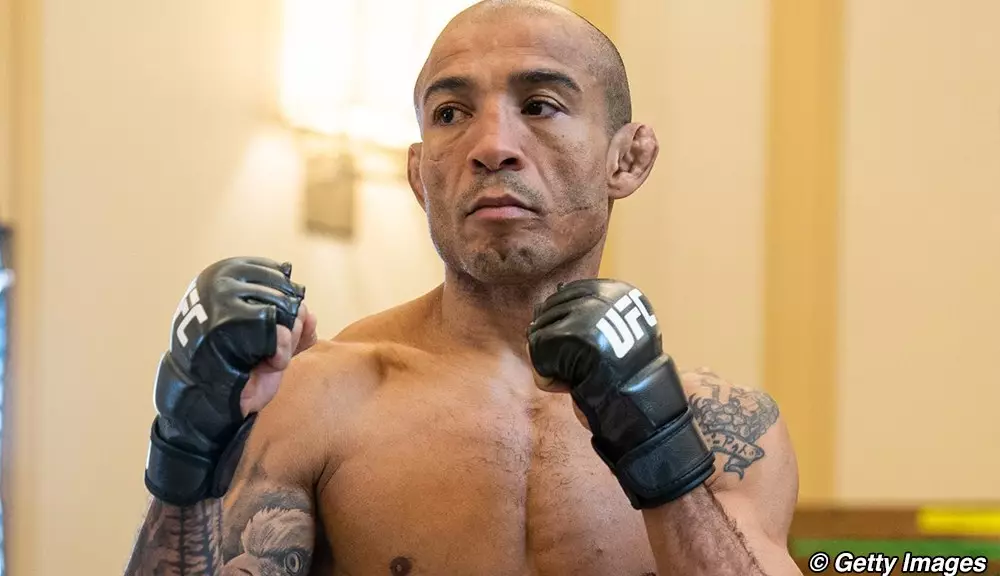The world of mixed martial arts (MMA) is a fascinating mix of athletic prowess, strategic engagement, and substantial financial implications. The recent UFC 307 event in Salt Lake City highlighted not only the excitement of the fights but also the monetary dynamics surrounding the athletes involved. The new framework of the UFC Promotional Guidelines Compliance (PGC) program significantly shapes how fighters earn their keep, and understanding these financial circuits is crucial for both participants and fans alike.
UFC 307, held at the Delta Center, generated significant revenue through its promotional guidelines, totaling $407,500 in compliance payments to fighters. Such figures are a testament to the growing financial ecosystem surrounding professional fighting. The compliance payouts are influenced by a variety of factors, such as the number of UFC bouts a fighter has participated in, alongside their historical participation in past organizations like the WEC and Strikeforce.
This event also showcased the tiered payout structure that the PGC employs. For instance, fighters with only a handful of appearances in the octagon can expect to earn $4,000 to $6,000 per event, while veterans with over 20 fights can pocket a hefty $21,000. This systematic approach rewards experience and loyalty, ensuring that seasoned athletes have a more substantial financial foundation to support their careers as they take on the physical and psychological challenges inherent in MMA.
The UFC’s shift from the previous Athlete Outfitting Policy to the PGC sends a clear message about its commitment to supporting fighters beyond just fight purses. The intricacies of the PGC encompass not only outfitting and branding requirements but also media obligations that ultimately elevate the sport’s visibility. Understanding these guidelines is essential for fighters, as compliance pays dividends; champions earn higher payouts of $42,000, while title challengers take home $32,000.
However, while the guidelines aim to create fairness and balance within the sport, there remains an ongoing debate around how these payments truly reflect the value of their contributions. Fighters must navigate the complexities of media appearances, promotional events, and other obligations—elements that can significantly detract from their training time. Therefore, while the monetary aspects of PGC might seem advantageous at first glance, they can present a double-edged sword for fighters trying to focus on performance.
Beyond direct fight earnings, the PGC also ensures fighters continue to earn income as they gain popularity. The provision for each fighter to receive 20-30% in royalties from merchandise featuring their likeness introduces an additional financial layer that could reward fighters for their marketability. This potential for ongoing revenues may incentivize fighters to build personal brands, engage with fans, and enhance their visibility, all of which contribute positively to the UFC’s overall culture.
However, this merchandising concept raises questions about equity within the sport. While top-tier fighters or champions are likely to see significant sales of their merchandise, less popular fighters may struggle to realize substantial income from this revenue stream. Consequently, the UFC must find a way to balance out these disparities to maintain a healthy, supportive atmosphere for all its athletes.
The overall financial structure of the UFC, particularly in light of events like UFC 307, reveals a complex network of regulations, payouts, and incentives. While the compliance pay reflects an effort to compensate fighters appropriately for their contributions, the long-term sustainability and fairness of such a system remain up for debate.
Fighters now face both opportunities and challenges in this evolving landscape. With increasing financial stakes, understanding the business side of MMA becomes a critical part of their athletic journey. As the sport matures, finding a balance that empowers all fighters while honoring their sacrifices and hard work will ultimately determine the future integrity of the sport.

